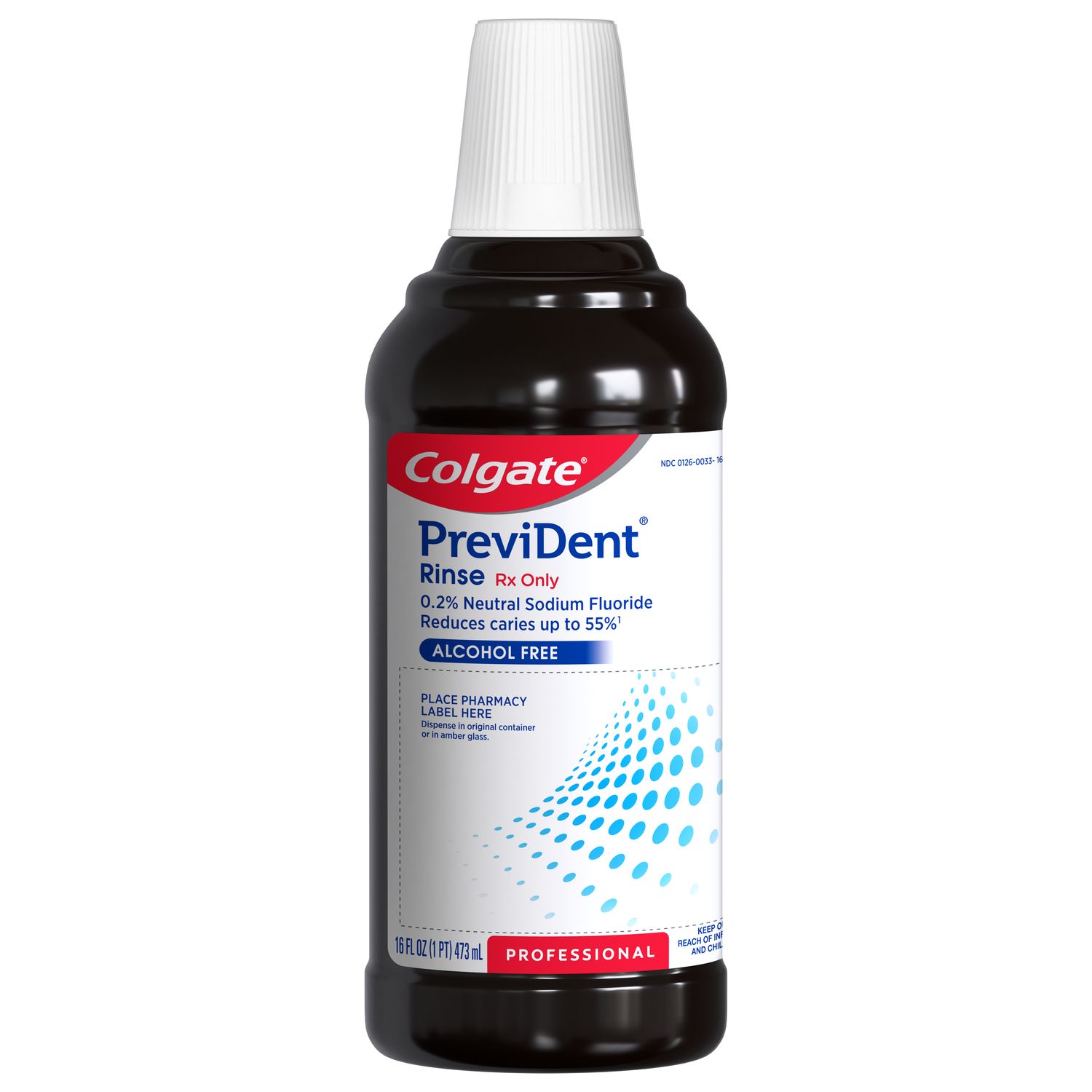Your tongue is so crucial for your everyday life. Not only do you use it for speech and for eating, but the tongue is often an indicator of your overall health. That's why it's so noticeable and inconvenient when your tongue has a blister. Learn more about the three common types of tongue blisters, common symptoms, and when you should seek treatment.
1. Canker Sores
Canker sores are very common oral infections, and most people experience them at some point in their life. The lesions are usually small, less than one-third of an inch in diameter. Blisters under the tongue, inside your cheeks, on your gums, or on the tongue itself, are common. You can recognize canker sores by the white or yellow center and red border, but they may start as painful red spots or bumps that develop into the red-rimmed ulcers.
Canker sores are uncomfortable. Fortunately, the pain usually goes away in seven to 10 days, but it can take more than two weeks for the ulcers to heal completely. Canker sores can be caused by stress, hormones, lack of enough B-12, folate, zinc or iron vitamins, Celiac disease, or a lowered immune system.
However, if your mouth sores become infected, other parts of your body can become affected. So, it's best to contact a medical professional when you notice signs of infection. See your doctor if you notice any of the following along with your blisters:
- Joint pain
- Fever
- Diarrhea
- Skin rashes
You may not be able to prevent canker sores, but you can speed up healing. Maintaining good oral hygiene through daily brushing and flossing, and rinsing your mouth with an antibacterial mouthwash can clean the mouth gently, reduce the irritation, and promote healing.
2. Candidiasis or Thrush
Candidiasis—or thrush— is an overgrowth of the Candida fungus, which grows naturally in your mouth. Thrush develops whenever the bacteria protecting your oral tissues are compromised, from antibiotics, medication-induced dry mouth, or bad-fitting dental appliances. Symptoms of oral thrush include:
- A bad taste or reduced sense of taste
- White, cheesy-looking patches of fungus inside the mouth
- Red, inflamed patches of tissue or blisters under the white fungus
- Cracked skin and inflammation at the corners of your mouth
Thrush needs medical treatment, so contact your doctor. The Center for Disease Control finds that thrush usually clears up in seven to 14 days with treatment. If thrush symptoms last beyond this time or recur frequently, your doctor may recommend testing for conditions such as diabetes, HIV, or cancer.
Physicians commonly prescribe anti-fungal treatments for candidiasis, such as lozenges or rinses, for mild cases or tablets for more severe conditions. Maintain proper daily oral hygiene, take only prescribed courses of antibiotics from your healthcare provider, and make sure your mouth remains well-hydrated.
3. Cuts or Other Injuries in the Mouth
Injuries like cuts can result in sores resembling blisters on the tongue. For example, eating hard, crunch foods or hard candies, biting your tongue, or drinking a scorching beverage can all cause cuts, blisters, and burns. Those injuries may result in painful ulcers that take time to go away. But you shouldn't worry about them unless you develop signs of infection.
You can prevent these types of injuries by avoiding foods or beverages that can cause damage. To help promote quicker healing, practice daily oral hygiene, and use warm salt water or an antibacterial mouth rinse.
When You Should Seek Medical Treatment
Most blisters on your tongue or inside your cheeks will heal within two weeks with regular oral care and antibacterial mouth rinses. However, call a health care provider if a sore or blister lasts longer than two weeks or if you develop a skin rash, fever, difficulty swallowing or drooling along with the blisters. Also, seek treatment if you develop a sore at the same time as starting a new medication or notice deep cracks in the skin around the sore.
This article is intended to promote understanding of and knowledge about general oral health topics. It is not intended to be a substitute for professional advice, diagnosis or treatment. Always seek the advice of your dentist or other qualified healthcare provider with any questions you may have regarding a medical condition or treatment.
ORAL HEALTH QUIZ
What's behind your smile?
Take our Oral Health assessment to get the most from your oral care routine
ORAL HEALTH QUIZ
What's behind your smile?
Take our Oral Health assessment to get the most from your oral care routine















